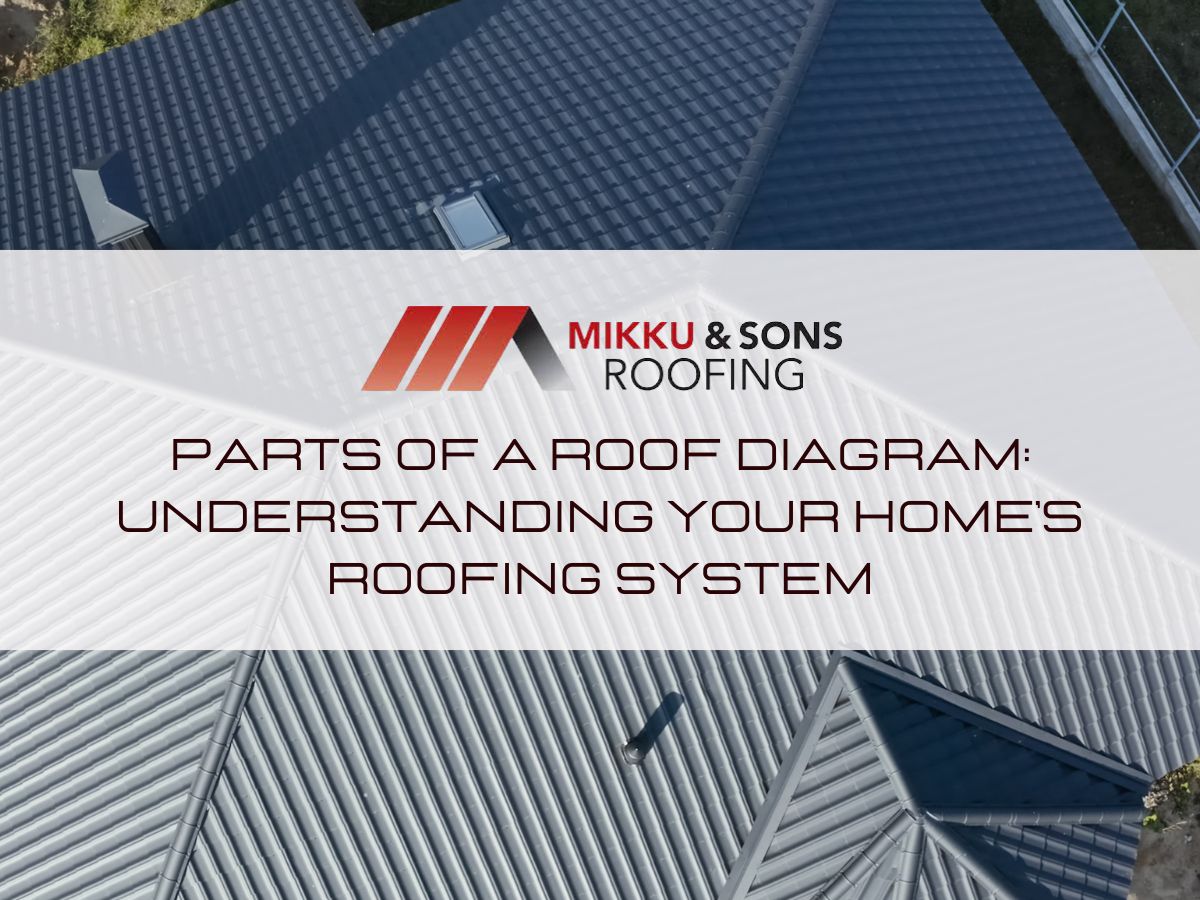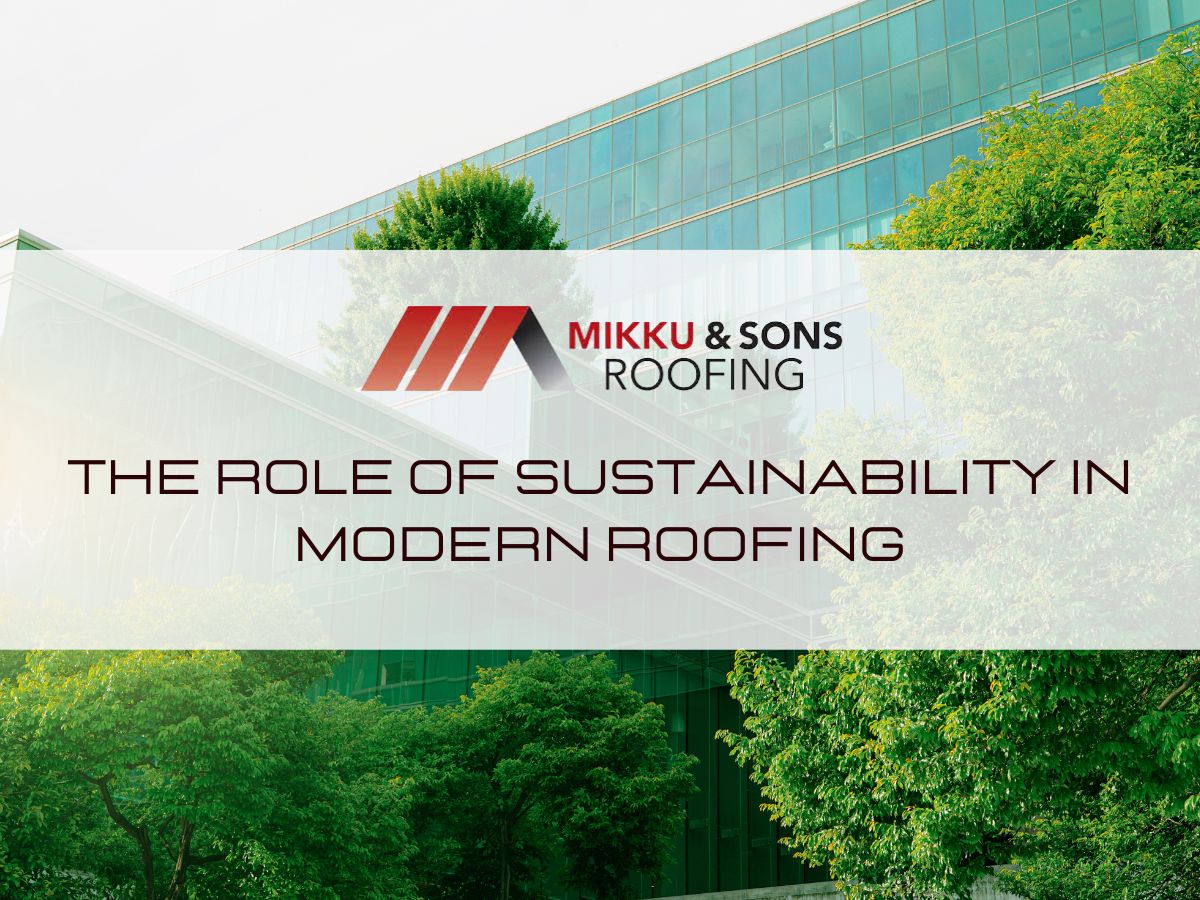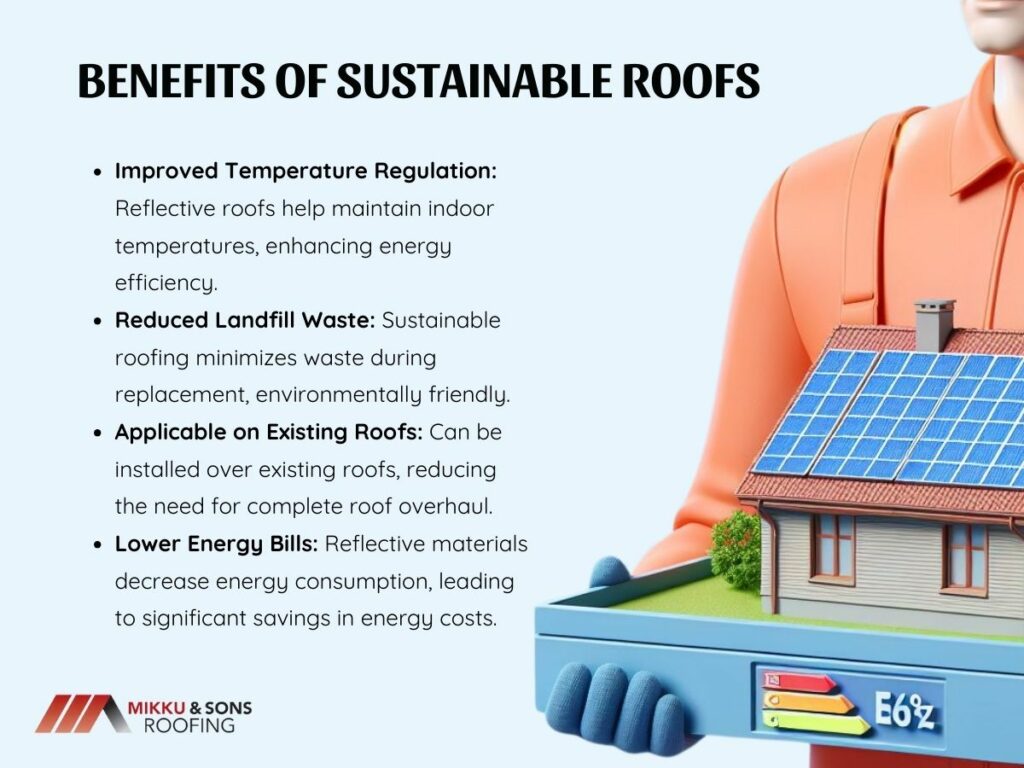

The construction sector is centered on sustainability, and as governments worldwide strive to achieve net zero emissions, the industry's involvement has gained increased attention. In today's world, whether it is related to raw materials or energy usage, it has almost become a buzzword.
Finding businesses that share this dedication is essential as more and more customers list it as a top priority. A reputable roofing firm has to be committed to sustainable roofing practices in order to uphold both their clients and their own commitment to better safeguarding the environment.
Though the roofing sector is currently among the biggest emitters of carbon dioxide, what exactly does sustainable construction entail? And how does your roofing solution and design contribute to reducing the industry's carbon footprint?"Sustainability in Modern Roofing" is not just a phrase but a guiding principle in the evolution of roofing practices.
Environmentally concerned people are rapidly adopting sustainability as a trend, and this trend can even apply to residential and commercial roofs. When anything is designed to meet or surpass environmental well-being requirements, it is generally referred to as sustainable.
Alternatively, running a company in this manner may be a more environmentally responsible strategy, which could improve the well-being of people. The goal of sustainability in building roofing is to significantly cut waste and create more energy-efficient roofing solutions that can lower energy consumption.
In building, sustainability can take many different shapes.
Reducing the industry's environmental footprint in order to mitigate climate change and ensure that there is a robust, sustainable building stock for future generations are the objectives of these campaigns.
Among the main objectives for modern homes is sustainability. This is evident in everything from modern HVAC systems to smart house systems and even in the particular materials used in roofing construction.
These environmentally friendly roofing materials are among the most well-liked styles for both new construction and roof replacements.

Although many homeowners believe traditional shingles are the best option, you might not instantly consider them sustainable roofing materials. Modern shingles, on the other hand, provide a variety of design features that contribute to your home's increased sustainability.
Cool shingles use a variety of contemporary methods, such as surface color, reflectivity, and granule size and type, to keep your roof cool. As a result, your roof absorbs less heat from the sun, which is very advantageous for the environment and your energy costs.
Many people have suggested that reflective surfaces, including roads and roofs, can be a useful tool in the fight against climate change. They could have a big effect if all those surfaces around the world were more reflective, like cool shingles.
In addition to keeping your roof cooler, cool shingles can also dramatically reduce summertime air conditioning costs. Both money and energy can be saved by reducing energy use.
Tile roofing is a classic design that is still widely used today. Installing a tile roof can typically be more expensive than putting shingles, but the roof should last longer.
Although there are many different types of tiles, clay is the most widely used. The fact that this material is all-natural gives it an advantage over a lot of other choices.
The tiles are capable of lasting a century or longer, making recycled tile roofing viable. You can repurpose used tiles for your roof rather than using up more resources and energy.
In most cases, salvaged and repurposed tiles are used when a tile roof is removed but still has an acceptable state of repair. You can simultaneously lessen your environmental effects and wear a true traditional style.
Low indoor air quality can be caused by the dangerous substances that traditional roofing materials can emit into the atmosphere. Sustainable roofing materials, on the other hand, provide a better atmosphere for building residents since they are composed of recyclable and non-toxic components.
One or more layers of different plastic, rubber, or composite materials are the foundation of membrane roofing systems. Although they're already frequently used in commercial settings, they might be a great choice for your house as well.
The different layers act as insulation, heat-dispersers, and water-repellent materials. With the help of current initiatives and programs for recycling asphalt, we are finally beginning to use old asphalt shingles that are being recycled in some states, such as paving roadways. There are plenty of options, so you might find the ideal fix for your next roof.
When asphalt roofing reached the end of its useful life, it was all disposed of in landfills. With the help of current initiatives and programs for recycling asphalt, we are finally beginning to use old asphalt shingles that are being recycled in some states like paving roadways.
The U.S. creates millions of tons of asphalt shingle garbage every year. Shingle recycling is becoming more popular and contributes to reducing garbage in US landfills.
Some people give their old shingles to nonprofits so they can be used for good. Before you replace your roof, find out if your roofing contractor recycles its shingles. It's a simple way you can do your part for the environment.
Since they became more accessible to the typical home and business owner, solar panels have exploded in the residential market. Switching to more environmentally friendly power sources is another method to lessen your carbon footprint, with solar panels being one of the most popular choices.
It is necessary to have a roof that can support the weight of the panels, though. Solar-ready roofing systems are getting more and more popular, which is not surprising given these advantages and tax incentives.
The country is seeing a surge in the popularity of metal roofing as an alluring and sustainable replacement for conventional asphalt roofs. Because metal roofs reflect solar radiation rather than absorbing it, they are significantly more energy-efficient than asphalt roofs.
While it might be very challenging to recycle or reuse some roofing components, the majority of metal roofs are comprised of more than 56% recycled elements, making them sustainable. The longevity of the building itself is extended, and metal roofs outlast other kinds, both of which increase the overall sustainability of this roofing style.
Energy-efficient skylight use is another trend that is becoming more and more popular in the field of contemporary roofing. You consume less energy during the day because you don't need as much artificial lighting because these skylights let in natural light.
Additionally, insulating elements on modern windows frequently prevent heat absorption in the summer and loss in the winter.
Since heat rises within a home, an attic with inadequate ventilation can become significantly hotter. This may result in your HVAC system using more energy to cool your house and costing you more.
Modern roofers create unique ventilation designs for each home to optimize airflow into and out of the structure. In addition to safeguarding your roofing system, a well-ventilated attic may stop problems like ice dams, mold growth, and shingle damage.
Insulation has a major role in your home's overall energy consumption and is essential in the effort to build energy-efficient homes. Your utility cost can be significantly reduced by replacing your outdated roof and installing new insulation, which can also have a significant impact on your household's overall energy consumption and carbon footprint.
Though there are many opinions on this broad subject, one thing is certain: the insulation industry is dynamic and innovative, with rising thermal efficiency and fire safety serving as key catalysts. Increased insulation helps keep buildings warmer in the winter and colder in the summer. It also plays a major role in reducing cold structures, which helps regulate interstitial condensation.
Making the switch to sustainable roofing has several benefits. In addition to being better for Mother Earth and what many refer to as a "greener" alternative, it can also result in a variety of other advantageous outcomes, such as:

There has never been a better moment for people to lessen their negative environmental effects than right now. Thankfully, homeowners may take a number of steps to make sure their property contributes to the solution rather than the issue.
Roofing tax credits and incentives are offered by some states for specific roofing projects since the roofing industry is always evolving to satisfy the demand for environmentally friendly solutions. The industry is constantly expanding, offering everything from solar and cool roofing to green roofing solutions and sustainable materials.
As long as sustainability is given first priority, roofing solutions in the future should be even more creative and advantageous to the environment. When it's time to fix or replace your roof, take these trends into account and choose a solution that will save costs and the environment.
